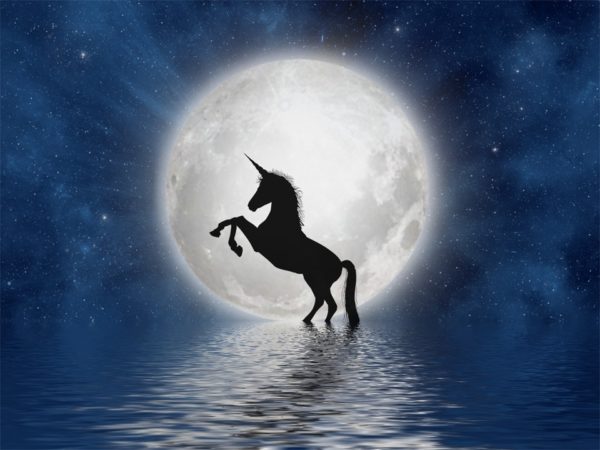The unicorn is one of the most famous mythical creatures, often depicted as a white horse with a spiraling horn erupting from its forehead. It’s not hard to imagine a horse with a horn, and for much of the mythical creature’s history, people thought it actually existed. But where did this myth come from?
Unicorn-like imagery dates back to the Indus Valley Civilization (about 3300 B.C. to 1300 B.C.) in South Asia, which included parts of modern-day Afghanistan, Pakistan and India. A side profile of what looks like a horse with a single horn appears on seals from that period. However, these images were likely depictions of aurochs (Bos primigenius), a now-extinct wild ox, according to the St Neots Museum (opens in new tab) in England.
Written Chinese descriptions of an Asian unicorn date as far back as around 2700 B.C., according to the American Museum of Natural History (opens in new tab) in New York. This “unicorn” seemed to be a combination of different animals and had the body of a deer, the tail of an ox, a multicolored or scaly dragon-like coat and a flesh-covered horn (or horns). Despite physical differences, Asian unicorns were described as evasive and solitary creatures, just as they were in later European records.


